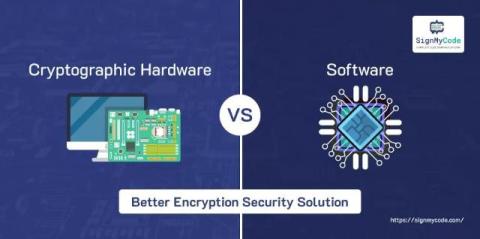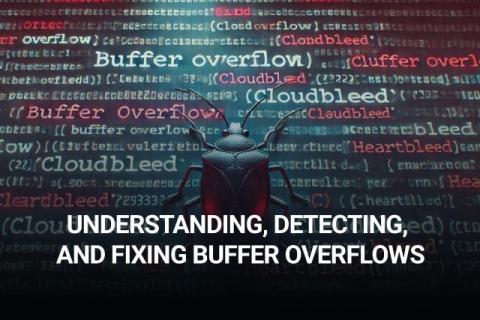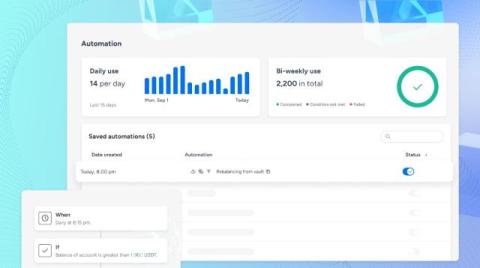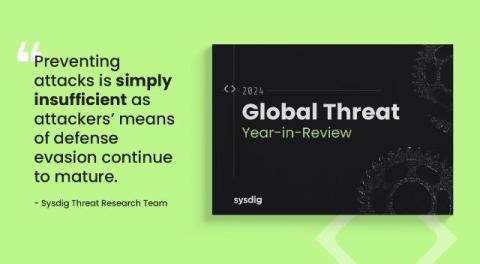Cryptographic Hardware vs. Software Encryption: Which is Better Security Solution?
This is a common practice of enhancing information security where a specific piece of hardware built to perform such tasks is used to encrypt and decrypt data. While software encryption is platform-dependent and depends on the CPU and memory of the system on which it is installed, hardware encryption typically works in parallel with dedicated components such as HSMs, SEDs, or TPMs.











